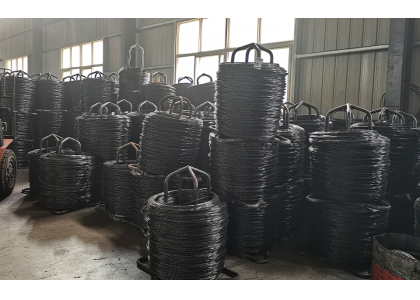
Stainless steel screws and carbon steel screws we are familiar with, common in life are stainless steel cross screws, carbon steel hexagonal screws and so on, then stainless steel and carbon steel screws which stem corrosion resistance?
Stainless steel is an alloy steel with good corrosion resistance. Stainless steel contains a small amount of chromium, cobalt and other elements, which can form a dense chromium oxide film in the environment, thus resisting oxidation and corrosion. Stainless steel has long service life, high strength, high temperature resistance, beautiful appearance, and will not have any pollution, so it is widely used in machinery, construction, automobiles, tableware and other fields.
Carbon steel is an alloy made of iron and carbon, which is widely used in building materials, machinery and automobiles. The corrosion resistance of carbon steel is generally worse than that of stainless steel, and it is vulnerable to erosion by water, oxygen and other chemicals, and even leads to corrosion and electrostatic loss. However, carbon steel can perform very well in some specific cases. For example, in low temperature and low pressure environments, carbon steel usually shows good corrosion resistance. Moreover, the iron sheet used in steel products is much quieter because its surface is covered with oxidation and other insulating substances. However, there are limitations to the role of stainless steel. Corrosion also occurs when stainless steel is exposed to high temperatures and corrosive environments such as acids and alkalis for a long time. In addition, the price of stainless steel is high, the production and welding is difficult, and the maintenance is more complex.
As far as corrosion resistance is concerned, stainless steel is better than carbon steel. But in some special cases, carbon steel outperforms stainless steel. For example, when carbon steel is used in cooling equipment, there is more than one benefit; Carbon steel has a higher strength than stainless steel and is a better choice for certain stem forces and temperatures. In addition, carbon steel and stainless steel have other differences, such as price, strength, manufacturability and application range. The selection of materials should be balanced according to the specific application scenario and economic cost.
Carbon steel and stainless steel have their own unique advantages and disadvantages. When choosing materials to use, they should be comprehensively considered according to factors such as their expected use environment, strength needs, budget and production requirements. No matter what kind of material is used, it is necessary to pay attention to imitation corrosion and damage to maintain the original performance.